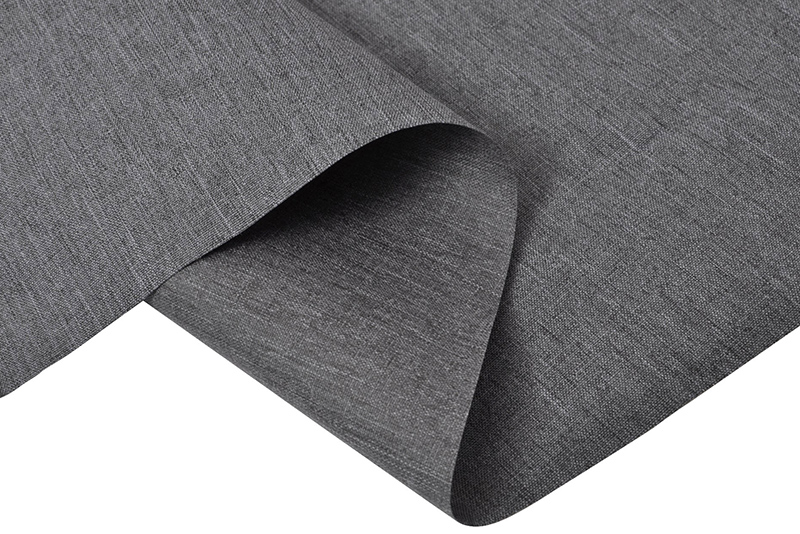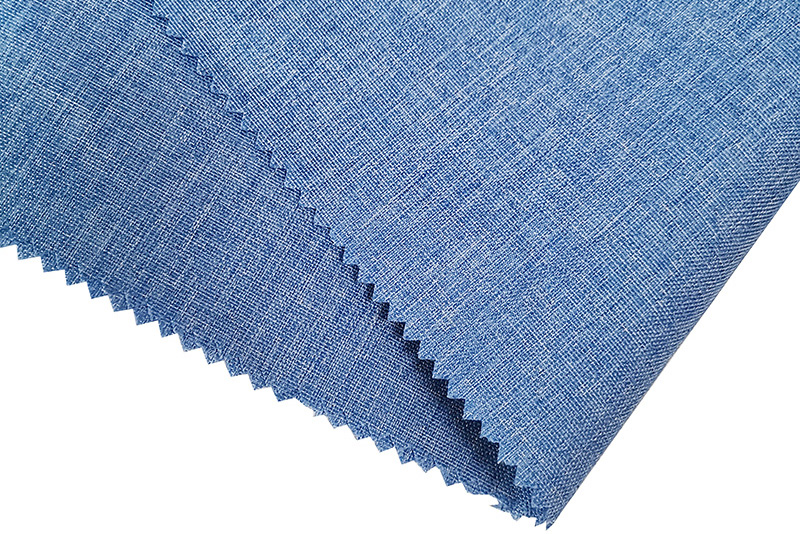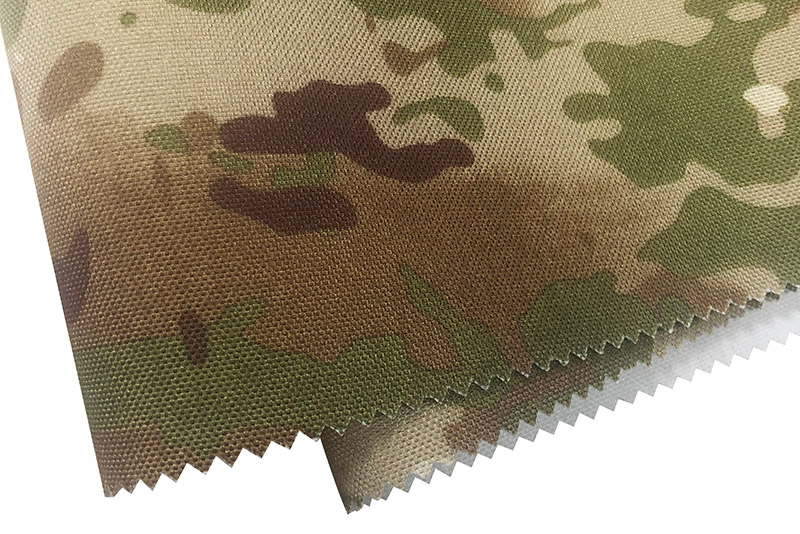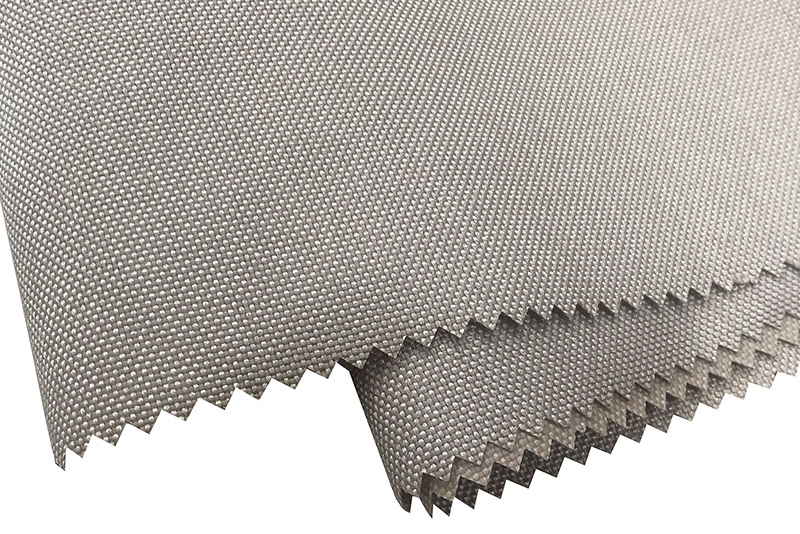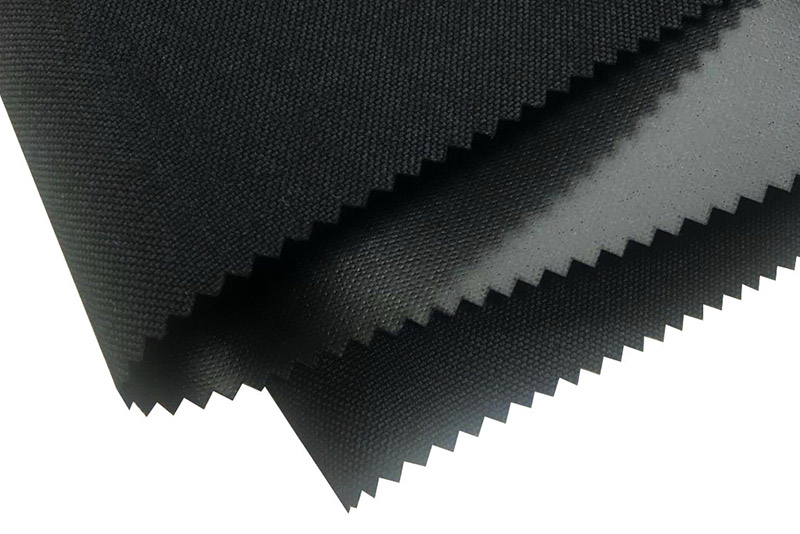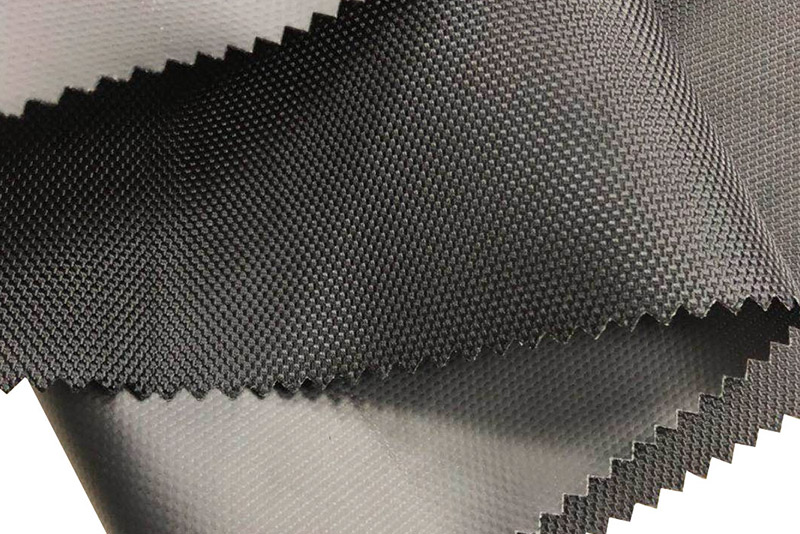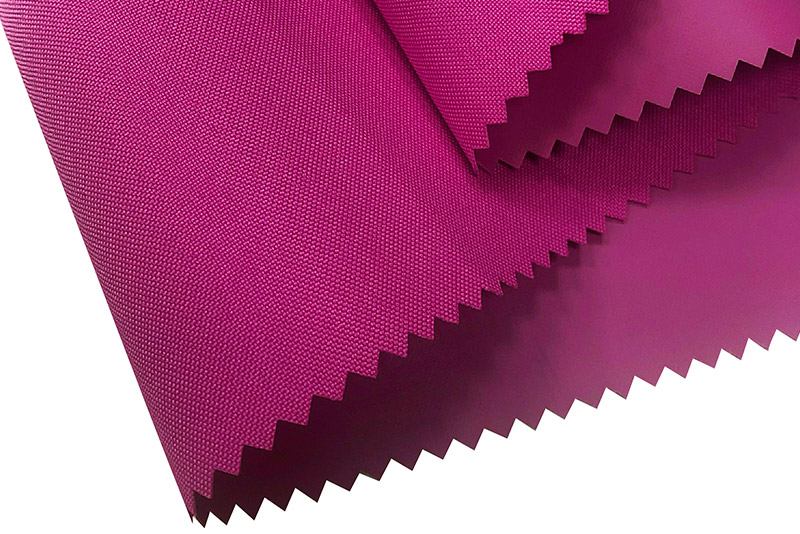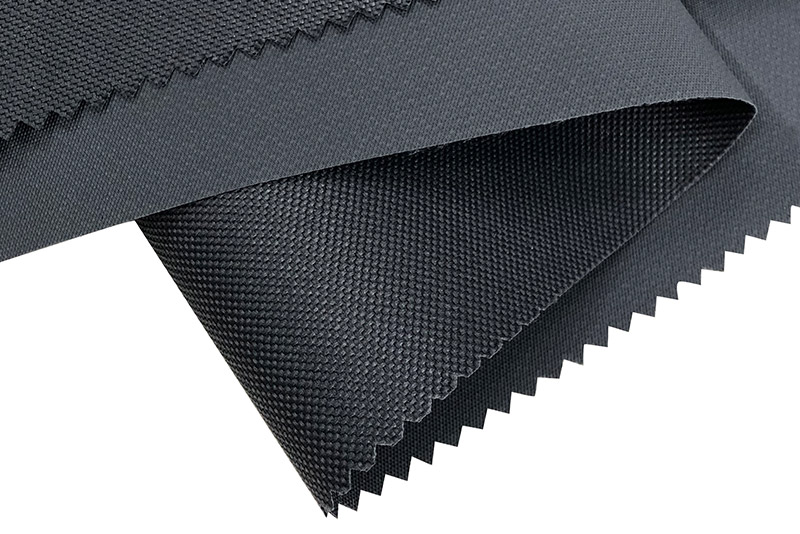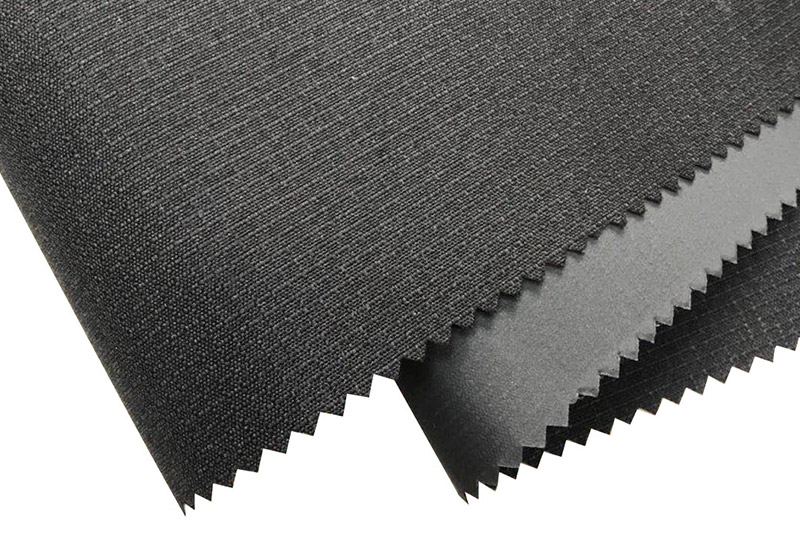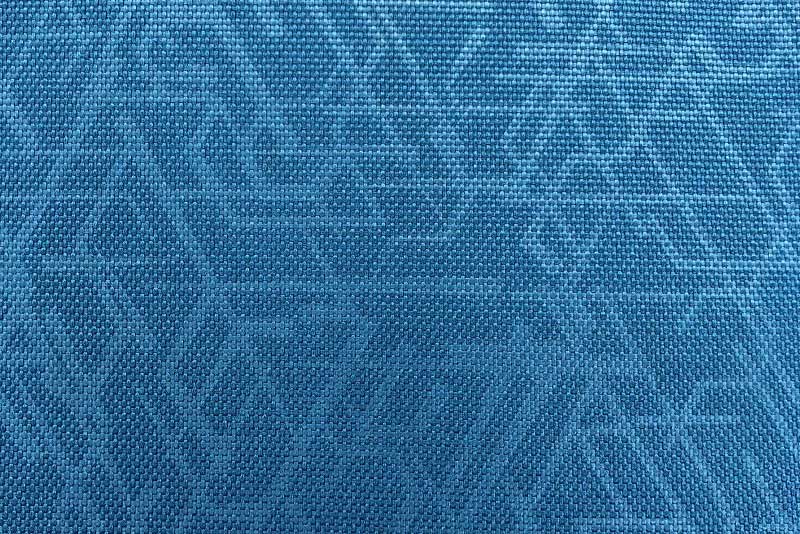Textiles are an integral part of daily life, serving purposes from clothing and upholstery to industrial applications. Among the many types of woven fabrics, Jacquard Oxford fabric stands out for its distinctive texture, decorative patterns, and reputed durability. Understanding the durability of Jacquard Oxford fabric compared to other woven fabrics is crucial for manufacturers, designers, and consumers who need materials that balance aesthetics, performance, and longevity. This article explores the properties, construction, and durability factors of Jacquard Oxford fabric, comparing it with other common woven fabrics such as plain weave, twill, and satin.
Understanding Jacquard Oxford Fabric
Jacquard Oxford fabric is a specialized woven textile that combines the classic Oxford weave with the complex patterning capabilities of Jacquard weaving. Oxford weave typically involves a basketweave structure, where two or more threads in the warp (vertical) direction cross over two or more threads in the weft (horizontal) direction. This results in a textured, durable fabric with a slightly heavier hand and a distinct visual surface.
The Jacquard weaving technique, developed in the early 19th century, allows for intricate and programmable patterns to be woven directly into the fabric rather than printed or embroidered afterward. Using a Jacquard loom, designers can create complex motifs, geometric patterns, floral designs, or logos with precision and consistency. When combined with Oxford weave, the result is a fabric that offers both structural strength and decorative appeal.
Factors Contributing to the Durability of Jacquard Oxford Fabric
Weave Structure
The basketweave structure of Oxford fabric inherently provides durability. By interlacing multiple yarns together, stress and strain are distributed across several threads rather than concentrated on a single yarn. This reduces the likelihood of tearing or fraying under normal wear and abrasion. The addition of Jacquard patterns does not significantly weaken the structure because the patterning is integrated into the weave, maintaining the integrity of the fabric.

Yarn Quality
Jacquard Oxford fabric is often made from high-quality cotton, polyester, or cotton-polyester blends. Cotton yarns provide softness and comfort, while polyester fibers contribute strength, wrinkle resistance, and longevity. Blended fabrics leverage the benefits of both materials, producing a fabric that resists tearing, pilling, and deformation. The choice of yarn thickness and twist also influences durability; tightly spun yarns result in a stronger and more resilient fabric.
Thread Count and Density
Thread count, the number of threads per inch in both warp and weft, plays a critical role in durability. Jacquard Oxford fabrics typically have a medium to high thread count, which increases tensile strength and resistance to abrasion. Dense weaving ensures that the fabric can withstand repeated wear and washing without significant loss of structure or appearance.
Finishing Treatments
Post-weaving treatments can enhance the durability of Jacquard Oxford fabric. Heat setting, mercerization, or coating with protective agents can improve resistance to shrinkage, fading, and water absorption. Some fabrics are also treated with anti-pilling or stain-resistant finishes, making them more suitable for heavy-use applications like upholstery, workwear, or outdoor textiles.
Comparing Durability to Other Woven Fabrics
Plain Weave Fabrics
Plain weave is the simplest weaving structure, with each warp thread crossing over one weft thread alternately. While plain weave fabrics are relatively strong and balanced, they lack the thickness and stress distribution of basketweaves like Oxford. As a result, plain weave fabrics may wear faster under heavy use or abrasion. Jacquard Oxford fabric, with its basketweave foundation and integrated patterning, generally outperforms plain weave in terms of durability, tensile strength, and resistance to fraying.
Twill Fabrics
Twill weave, characterized by diagonal ribs, is widely used in denim, chinos, and other robust garments. Twill fabrics offer high durability and excellent resistance to wear due to the diagonal interlacing of threads, which distributes stress more efficiently than plain weave. While twill fabrics are very durable, Jacquard Oxford fabrics have the added advantage of decorative patterning without sacrificing structural integrity, making them suitable for both aesthetic and functional purposes. In some applications, such as dress shirts or interior textiles, Jacquard Oxford may be preferred for its combination of strength and appearance.
Satin Fabrics
Satin weave is known for its smooth surface and lustrous appearance, achieved by floating warp or weft yarns over multiple threads before interlacing. While satin fabrics are visually appealing, the long floats in the weave make them prone to snagging, tearing, and abrasion. Compared to satin, Jacquard Oxford fabric is far more durable and resistant to mechanical stress, making it a practical choice for applications where appearance and longevity are equally important.
Applications Highlighting Durability
Jacquard Oxford fabric’s durability makes it suitable for a wide range of applications:
Apparel: Its combination of strength and aesthetics makes it ideal for high-quality dress shirts, uniforms, jackets, and casual wear. Shirts made from Jacquard Oxford fabric resist tearing and maintain their structure after repeated washing and ironing.
Home Textiles: For upholstery, cushion covers, drapes, and bedding, Jacquard Oxford fabric provides both visual appeal and resilience against daily wear and tear. The integrated patterns enhance the décor while the basketweave foundation ensures longevity.
Industrial and Specialty Uses: In applications such as workwear, protective garments, or decorative industrial textiles, the durability of Jacquard Oxford fabric ensures safety, comfort, and extended service life.
Care and Maintenance for Longevity
Proper care can significantly extend the lifespan of Jacquard Oxford fabrics:
Washing: Gentle machine washing with mild detergents preserves both the weave integrity and pattern. High temperatures or harsh chemicals can weaken fibers over time.
Ironing: Using moderate heat prevents fiber damage. Cotton-polyester blends benefit from lower ironing temperatures to prevent melting of synthetic fibers.
Storage: Fabrics should be stored in a cool, dry environment away from direct sunlight to prevent fading or degradation.
Abrasion Avoidance: While the fabric is durable, avoiding sharp objects or rough surfaces helps maintain the surface pattern and texture.
Comparative Longevity
When comparing Jacquard Oxford fabric to other woven fabrics:
Longevity vs Plain Weave: Jacquard Oxford typically lasts longer due to its basketweave structure, which better distributes stress and reduces wear.
Longevity vs Twill: Twill fabrics may rival Jacquard Oxford in mechanical strength, but the aesthetic versatility of Jacquard Oxford adds value without compromising durability.
Longevity vs Satin: Jacquard Oxford is significantly more robust than satin fabrics, which are prone to snagging and abrasion.
Conclusion
Jacquard Oxford fabric represents a unique combination of strength, durability, and decorative appeal. Its basketweave foundation, quality yarns, high thread count, and optional finishing treatments collectively contribute to its longevity and resistance to wear and tear. Compared to other common woven fabrics, Jacquard Oxford fabric generally outperforms plain weave fabrics in durability, provides comparable or complementary strength to twill, and surpasses satin fabrics in resistance to mechanical stress.
The fabric’s versatility makes it ideal for apparel, home textiles, and even industrial applications, where both appearance and performance are essential. Additionally, proper care, including gentle washing, moderate ironing, and careful storage, can further enhance the lifespan of Jacquard Oxford fabrics.
Ultimately, the durability of Jacquard Oxford fabric, combined with its ability to feature complex woven patterns, sets it apart from other woven textiles. For consumers and manufacturers seeking a material that offers both aesthetic value and practical longevity, Jacquard Oxford fabric remains a superior choice, balancing style, strength, and function across a wide spectrum of applications.



 English
English 简体中文
简体中文 русский
русский Español
Español